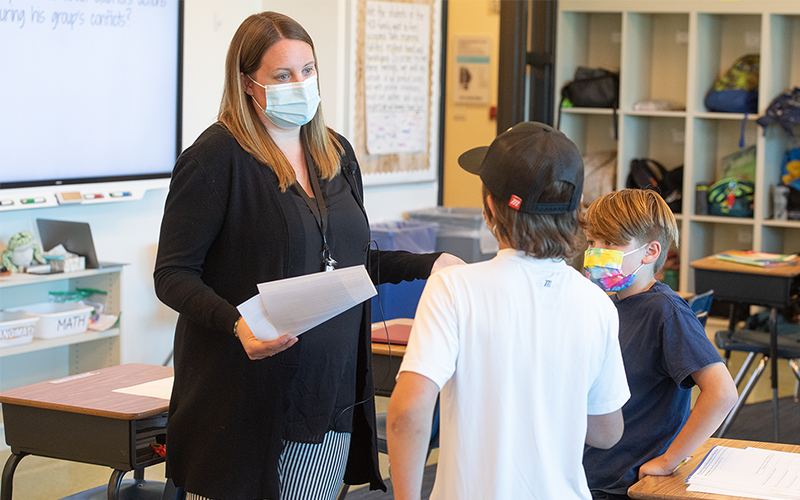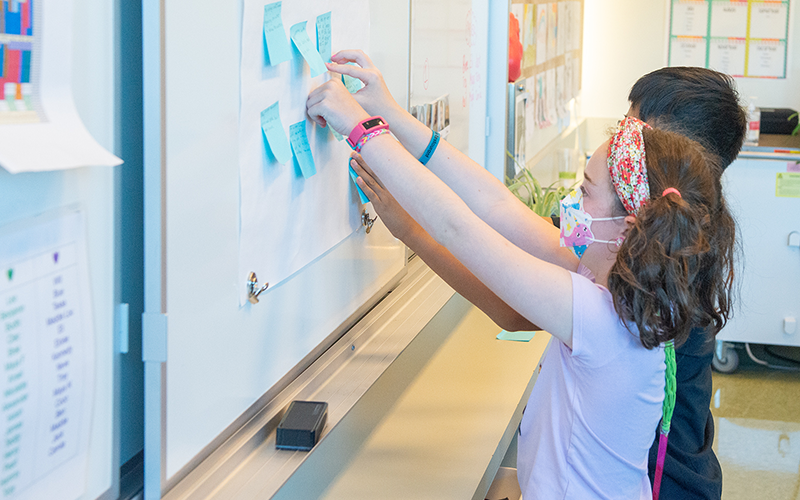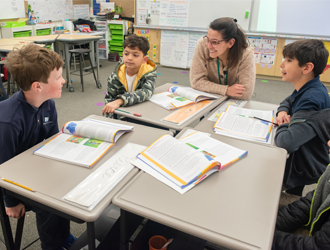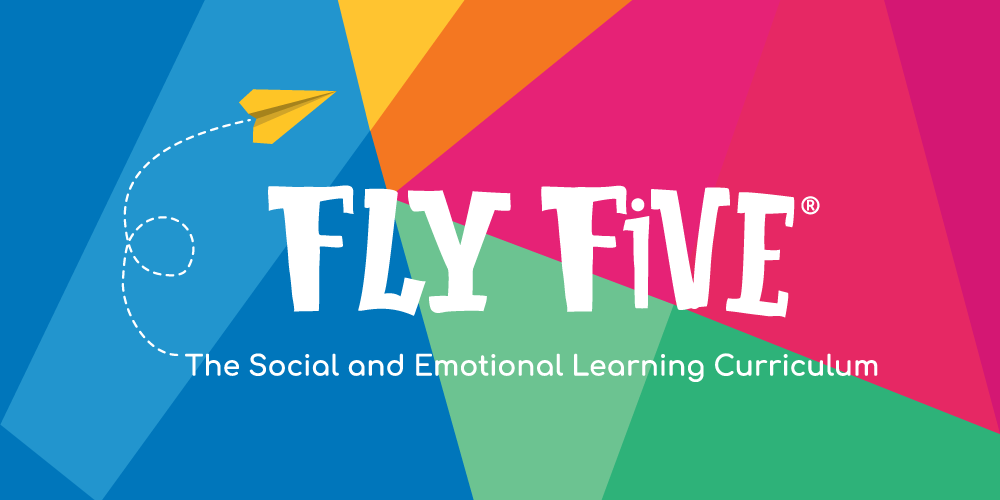Fly Five Ambassador Feature: “Watching my students live and breathe these words”

“Wait, wait, wait! Before you say anything, I know that I should have maintained my composure during recess. I shouldn’t have grabbed the ball out of his hands like that. I was feeling angry. Next time, I’ll try to envision myself making a better choice.”
—fourth grader in the principal’s office after an argument at recess
After dismissing the student back to class, my administrator turned to me with a surprised look on her face. “Where did that language come from?” she asked. I sat quietly and smiled. Any teacher would understand. Sometimes there aren’t really words for these kinds of moments—the magical ones when we finally get to witness our students’ learning actually click; when the light bulb goes off and they’ve internalized, understood, and demonstrated something we’ve taught them all on their own. For me, this was one of those moments.
“Fly Five. It came from Fly Five,” I proudly declared.

The first lesson I taught during my Fly Five pilot was “Expresses Strong Emotions and Opinions Effectively” for the competency of assertiveness. After becoming an Ambassador, I began to reflect on the social and emotional dynamics of my class. It didn’t take long for me to identify that recess was the most challenging part of our day. Rather than being a time of fun and cooperation, I noticed more students coming to me feeling stressed and overwhelmed. Many of them were unable to actually articulate what was causing them such social and emotional distress. It was starting to feel more and more like a time of isolation and conflict, as opposed to one of connection and joy.
After taking the Social and Emotional Type Inventory for Students, known as the C-SETI, and realizing that my now fourth graders had missed out on in-person recess due to COVID for almost two years, the results confirmed my growing suspicions. My students were struggling with being assertive, particularly with each other. They had missed two critical years of social and emotional development and interaction. Losing out on in-person problem-solving was starting to catch up with them. This was a class that needed to learn how to persevere when experiencing difficult or stressful situations, and there is nothing more stressful to a fourth grader than being told by a peer that they lost or that they are “out” during a game at recess.
The first lesson was a hit. Once the awe and excitement about the colorful and engaging Student Journals wore off, I was pleasantly surprised at how quickly they shifted their focus and attention my way during instruction. As I was teaching the vocabulary for that first lesson, I watched students eagerly exchange the ASL sign for “connection” with one another as they related to examples. Little did I know that the Fly Five vocabulary would soon become such a critical and permanent component of our class culture.

In time, I began to notice the vocabulary words from lessons sprinkled throughout students’ work. A poem about Ukrainian refugees stated, “It’s hard for me to stay composed when I see you on the news. How do you find the strength to persevere?” A note on my desk after a class publishing party read, “I really felt self-conscious about this project before we started. I don’t anymore. Thanks for being one of my helpers.” An email from a parent explained, “Just a quick note to say thank you. My child came home and told us he wants to hold himself accountable more and will try to start doing his homework without being asked. Where did that come from?!”
The examples are, quite honestly, endless. Hearing Fly Five vocabulary pop up in so many places outside of our lessons filled my heart up with hope. Watching my students actually live and breathe these words and incorporate them into their day-to-day interactions taught me just how much this curriculum matters—and more importantly—just how much it matters to them.







